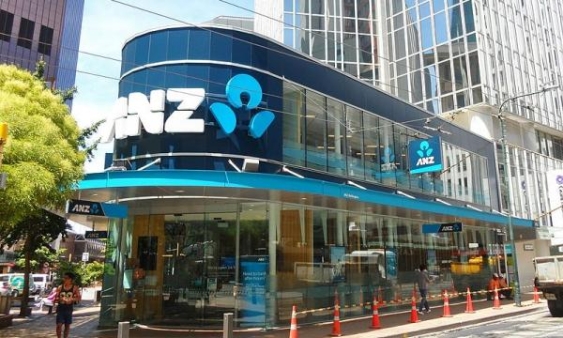
Australian banks' profit growth to moderate in the coming months
Rising credit costs and slower credit growth are partly to blame.
Moody's Investors Service says that the four major banks in Australia reported steady results and rising capital buffers for the six months ended 31 March 2017 (1H2017).
"However, increasing household leverage — due to rising house prices in the largest cities of Sydney and Melbourne — and low wage growth, are increasing the major banks' sensitivity to external shocks," says Daniel Yu, a Moody's Vice President and Senior Analyst. "Margin pressure and rising mortgage delinquencies in resource-focused regions also hint at more challenging times ahead for the banks," adds Yu.
Moody's conclusions are contained in its just-released report titled "Banks — Australia: Steady Performance During 1H2017, But Latent Risks in
Household Sector Continue to Rise," and is authored by Yu.
Here's more from Moody's:
Moody's report points out that the banks' return on assets showed a slight improvement during 1H2017 — despite continued pressure on margins — because the banks contained their cost growth.
However, looking ahead, Moody's expects profit growth to moderate, given the pressures that the banks face from low interest rates and competition, as well as the potential for rising credit costs and slower credit growth.
Furthermore, the budget that the Australian Government announced earlier this month includes a number of initiatives that, if implemented, will place incremental pressure on the banks' profit growth.
Asset quality remains healthy and continues to be supported by low interest rates and stable employment. All four banks reported nonperforming loans below 1%, and credit costs remained well below long-term averages. However, an increase in 90+ day housing delinquencies in Western Australia highlights the continued challenges in regions that are more exposed to the resource and mining sectors.
On the other hand, the banks have shown continued improvement in their balance sheet buffers. Capital levels continued to improve in 1H2017, and look set to strengthen further, with the Australian Prudential Regulation Authority (APRA) scheduled to release its plans in the middle of this year on ensuring that bank capital is "unquestionably strong".
Moody's report explains that the major banks maintain robust liquidity profiles, reflected by their consistently high liquidity coverage ratios. The banks are also well positioned to meet the net stable funding ratio set by the Australian Prudential Regulation Authority, with the new rule coming into effect on 1 January 2018.
Overall, Moody's points out that while the banks' headline metrics continue to hold up, their results do not change Moody's view that rising tail risks in the household sector are pressuring their credit profiles, particularly in the context of their very high ratings, and as reflected in their negative rating outlooks.
The four major banks that Moody's refers to in its report are: Australia and New Zealand Banking Group Limited, Commonwealth Bank of Australia, National Australia Bank Limited and Westpac Banking Corporation.






















 Advertise
Advertise








